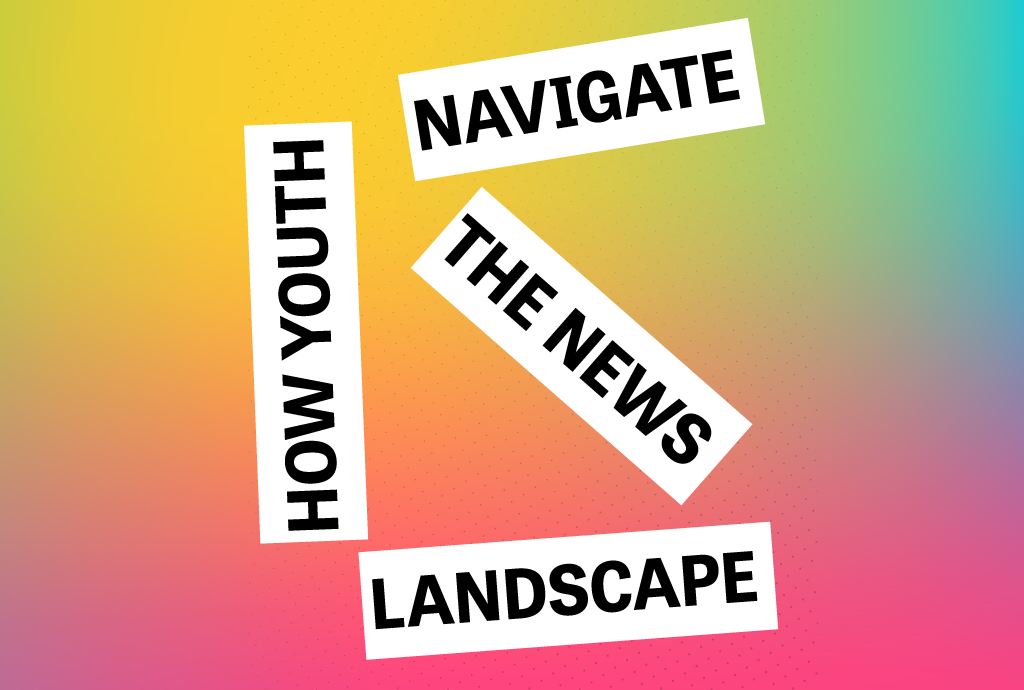[Report] How US youth navigate the news landscape

Yesterday, the New York research institute Data & Society released the report How Youth Navigate the News Landscape (download) that explores how young people use mobile devices, messaging apps, and social media to consume breaking news.
Co-authors Mary Madden, Amanda Lenhart, and Claire Fontaine find that American teens and young adults express low levels of trust in the news media and use a variety of strategies to confirm, verify, and clarify the stories they care about. The report, which was supported by the John S. and James L. Knight Foundation, is based on findings from six exploratory focus groups with 52 teenagers and young adults in three U.S. cities: Philadelphia, Chicago, and Charlotte, North Carolina.
“Teens and young adults are on the front lines of navigating an incredibly complex information environment,” says Mary Madden, a researcher at Data & Society and one of the authors of the report. “Long-held assumptions about the patterns and rhythms of news consumption are being upended by a generation that largely experiences journalism through mobile apps and algorithm-controlled social media platforms.
Key findings:
- News is frequently encountered by accident, as young people dip into flows of news across various platforms.
- Patterns of verification and discernment in confirming trustworthy sources vary among teens and young adults.
- Certain behaviors—such as taking screenshots of news stories to share them with friends—may elude current tools to record and track traffic to news platforms.
Lack of trust and perceived bias in the news was an important theme across all focus groups. On social media, youth are regularly exposed to a range of news content of varying quality that they must learn to assess both independently and collectively. In this environment, many young people assume a great deal of personal responsibility for educating themselves and actively seeking out opposing viewpoints. The report provides insights for journalists and other organizations looking to engage younger audiences in the growing mobile news ecosystem.
“These findings illustrate a variety of innovative strategies that young people are using to assess the veracity of the news stories they find online,” said Amanda Lenhart, senior research scientist at the Associated Press-NORC Center for Public Affairs Research and a co-author of the report. “Teens and young adults range widely across different news platforms, consulting multiple sources in an attempt to verify and clarify stories they encounter.”
“These findings provide news organizations with a reference point to develop new approaches to mobile news innovation and audience engagement, opening opportunities to build trust with younger audiences,” said Luz Gomez, director of research at Knight Foundation. “As journalists work to discover fresh ways to engage audiences and understand the habits of the next generation of news consumers, this report offers a detailed look into how young people conceptualize and consume news in digital spaces—and which sources they trust.”
The report follows on an earlier study by Knight Foundation and Nielsen in 2016, which looked at trends in news consumption on mobile devices.



